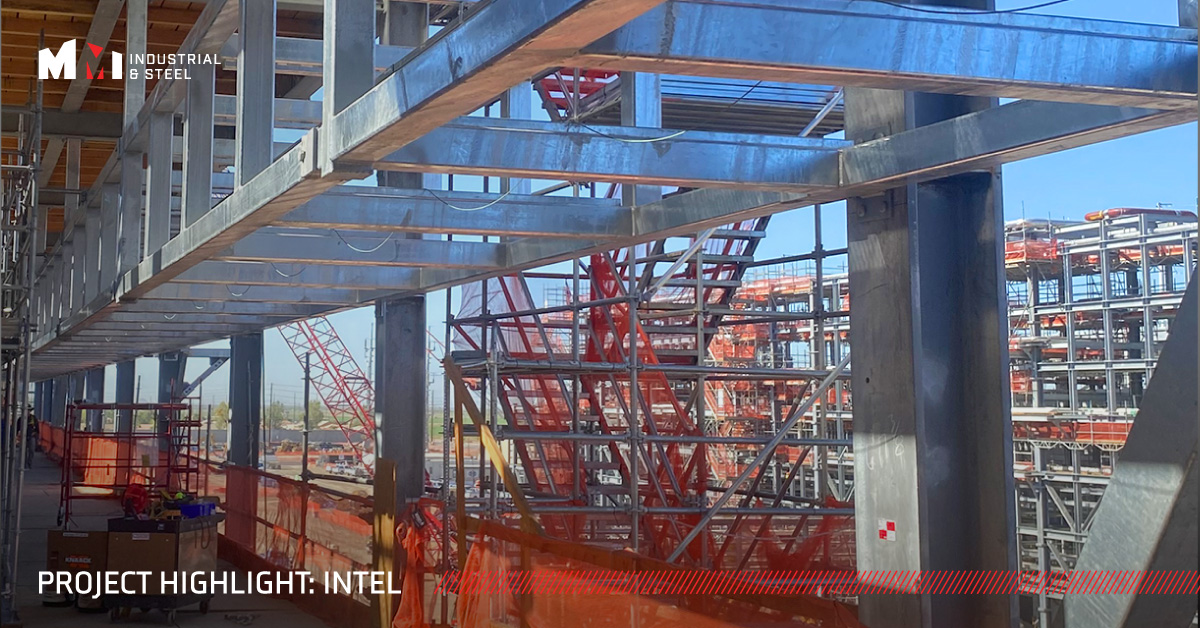
Structural steel fabrication has long been at the heart of modern construction and industrial projects. As we look to the future, the landscape of this essential industry is set to evolve dramatically. From cutting-edge technologies and automation to the emerging skills and training required for the workforce, the future of structural steel fabrication is both exciting and transformative.
Innovative Technologies Shaping the Industry
One of the most significant drivers of change in structural steel fabrication is the advent of innovative technologies. These advancements are not only enhancing the quality and precision of steel products but also streamlining the entire fabrication process.
1. Building Information Modeling (BIM)
BIM is revolutionizing the way steel structures are designed and built. This technology allows for the creation of detailed 3D models that integrate all aspects of a construction project. By utilizing BIM, fabricators can identify and resolve potential issues before they arise, significantly reducing errors and rework. Furthermore, BIM facilitates better collaboration between architects, engineers, and fabricators, ensuring a seamless workflow.
2. 3D Laser Scanning
3D laser scanning technology is another game-changer. It allows for precise measurement and mapping of existing structures, which is invaluable in renovation and retrofit projects. By capturing accurate data points, fabricators can ensure that new steel components fit perfectly with existing structures, saving time and resources.
3. Advanced Robotics and Automation
Automation is taking the steel fabrication industry by storm. Robotic welding, cutting, and assembly systems are becoming more common, increasing efficiency and precision while reducing labor costs. These automated systems can work continuously without fatigue, ensuring consistent quality and faster project turnaround times.
Efficiency Through Automation
The integration of advanced automation in structural steel fabrication is not about replacing manual labor but rather, it is about enhancing overall efficiency, productivity, precision and quality. Here are just a few ways how automation is making a difference:
1. Increased Production Speed
Automated machines can perform repetitive tasks much faster than human workers. This acceleration in production speed allows fabricators to meet tight deadlines and handle larger volumes of work, making them more competitive in the market.
2. Enhanced Precision and Quality
Automation reduces the margin of error in fabrication processes. Machines can cut, weld, and assemble steel components with unmatched accuracy, leading to higher-quality products. This precision is crucial in complex structures where even minor deviations can have significant consequences.
3. Cost Reduction
While the initial investment in automation technology can be substantial, the long-term savings are considerable. Minimized material waste, greater productivity and decreased rework all contribute to lower overall project costs. These savings can be passed on to clients, making services more attractive and affordable.
The Future Workforce: Skills and Training
As technology continues to evolve, so too must the workforce. The future of structural steel fabrication will require a new set of skills and training programs to ensure that workers can effectively operate and maintain advanced machinery.
1. Technical Proficiency
Future fabricators will need to be proficient in operating sophisticated software and machinery. Training programs will need to focus on developing these technical skills, including the use of BIM, CAD (Computer-Aided Design), and CAM (Computer-Aided Manufacturing) systems.
2. Robotics and Automation Expertise
With the rise of automation, a deep understanding of robotics and automated systems will be essential. Workers will need to be trained in programming, operating, and maintaining robotic equipment to ensure smooth and efficient production processes.
3. Problem-Solving and Adaptability
As technology continues to advance, the ability to quickly adapt to new tools and methodologies will be crucial. Training programs should emphasize critical thinking and problem-solving skills, enabling workers to troubleshoot and resolve issues that may arise with advanced fabrication technologies.
4. Safety and Compliance
With the introduction of new technologies, ensuring workplace safety remains a top priority. Workers will require training in the latest safety protocols and compliance standards to prevent accidents and ensure a safe working environment.
Embracing the Future
The future of structural steel fabrication is bright, with innovative technologies and automation driving significant advancements in the industry. By embracing these changes and investing in the skills and training of our workforce, fabricators can look forward to a future of enhanced efficiency, improved quality, and greater competitiveness.
At MMI Industrial & Steel, we are committed to staying at the forefront of these developments. By continually integrating the latest technologies and providing comprehensive training for our team, we aim to lead the industry into a new era of excellence in structural steel fabrication.



